How to benefit influencer marketing in destination branding
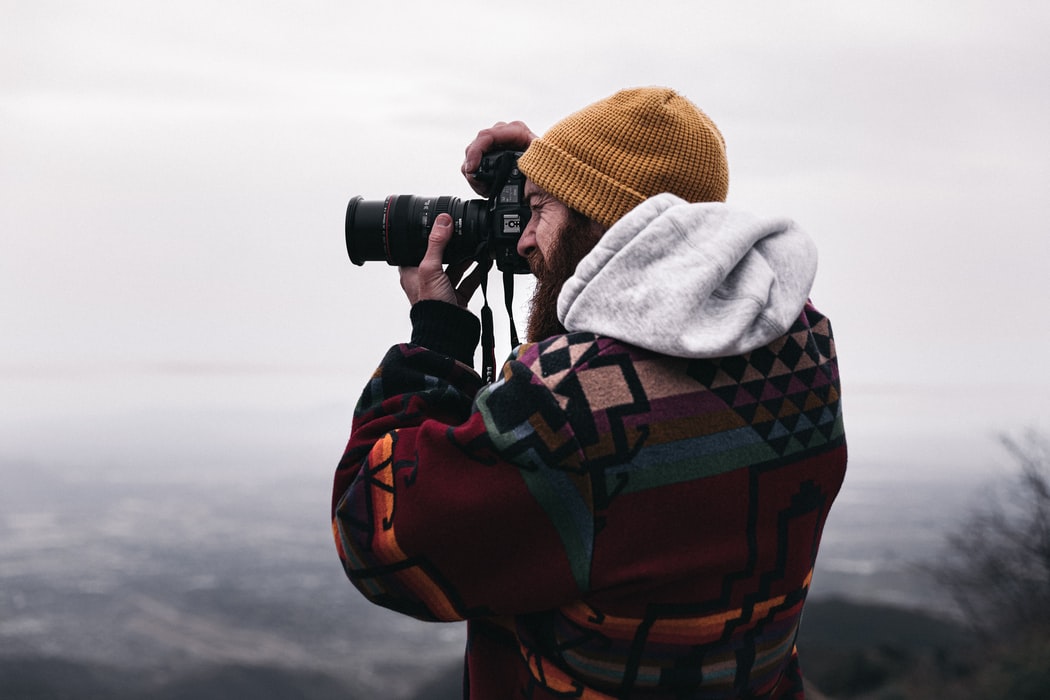
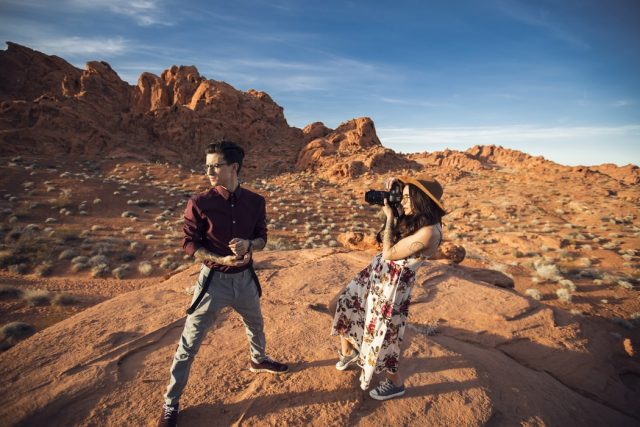
Picture: Unsplash
How can DMO’s benefit influencer marketing in destination branding? How have the DMO’s used influencers in their branding strategy so far?
In recent years, the rapidly growing use of influencer marketing has caught the attention of researchers and marketers alike. Influencer marketing has also opportunities for the tourism industry, of which destination branding is explored here in detail. Some DMO’s have already had a go of this non-traditional type of marketing, however, limited examples exist in the tourism research literature so far. This post briefly reviews the literature around the topic and gives suggestions on how destinations can harness influencer marketing on their brand management. Case examples from the tourism industry are presented of Greece, Spain and China.
Influencer marketing
The fast evolution of the influencer industry has introduced several definitions around the word influencer. What is common for the majority of these definitions is the influencer having large numbers of followers, active engagement, promotion of brands and skills in certain niche 1;4. Here, the following definition applies by De Veirman et al: “people who built a large network of followers and are regarded as trusted tastemakers in one or several niches” 10. What separates them from traditional celebrities, is influencers being “regular people”, who have achieved influencer status by the creation of content in social platforms such as Instagram 4. Whereas traditional celebrities remain distant for the “regular people”, influencers connect with their followers on a more personal level 11. The more interactive, predictable, and competent the influencers are seen by their followers, the more their followers feel kinship and trust towards them 1. In a nutshell, influencer marketing can be regarded as commercial eWOM: marketers invest in influencers, then influencers create or promote their branded content for their followers 2;4.
Influencer marketing for destinations
Similar to traditional WOM, destinations today can benefit from the effects of influencer generated eWOM has on consumer behaviour. Research of Spanish DMO’s has shown how influencer marketing has already adopted a profitable place in their media 8. Influencers are a natural way to reach customers who throughout the customer journey seek information from social platforms, where influencer generated content is consumed and a growing amount of time is spent 2;4;8. Especially the younger generations and millennials can be reached via influencer marketing, the latter of which is the generation with the most purchasing power 4;7;8.
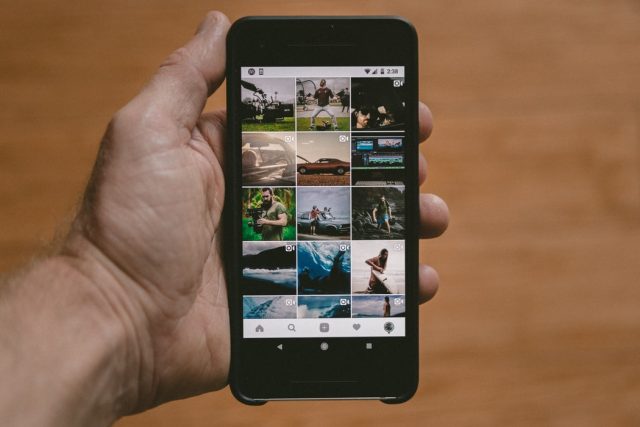
Picture: Unsplash
The power of influencer marketing is based on the special relationship between the influencer and their followers. The influencer’s followers identify with them and try to imitate them, and the brands influencers use are seen real and attainable by their followers 1. As influencer generated content is seen as more trustworthy and authentic by consumers, influencer marketing is found to be more effective for boosting brand awareness than traditional brand or celebrity generated content 1; 4; 8. This results ultimately the followers to have higher purchase intentions of those brands endorsed by the influencers 1.
Destination branding with using influencers
Regarding brand management, influencer marketing is a powerful way of branding on social platforms for destinations to benefit from 1. Today tourist’s choice of destination is a lifestyle indicator, where the destination image plays an important role 3;6. The destination image is defined by Echtner as: “not only the perceptions of individual destination attributes but also the holistic impression made by the destination” 12. To influence the destination image, brand management is needed. Influencer marketing can be benefited in branding strategy, as it is a way to improve a destination’s image 8. Influencers can act as effective intermediates to create awareness of destination image between potential tourists and destinations. Moreover, destination branding gives a potential tourist an assurance what can be expected, lessens the burden of their search process, and allows destinations to communicate their unique selling proposition 3. Branding contributes also to building local pride and identity 5;6. Together these positive impacts of branding enhance the attractiveness and vitality of a destination.
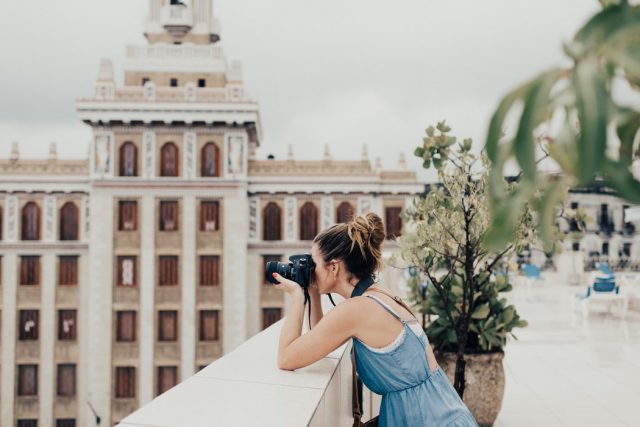
Picture: Unsplash
Influencer marketing can be of help for destinations in brand management especially in times of refining the brand: influencers can attract more of certain types of tourists and influence the perceptions of the destination image 8. For example in Benidorm, influencer was used to rebrand an older Spanish beach destination appealing to younger people interested in responsible tourism, whereas in Greece influencers were used to revitalize rural quiet destinations by attracting millennials 7;8. Moreover, the findings in Spain demonstrated influencer marketing to help recapture DMO’s control of its brand and promotions, while benefiting the eWOM on social platforms 8. Following chapter moves to instruct how destinations can successfully use influencer marketing for brand building.
4 tips for successful use of influencers in destination branding
1.Congruence between brands
Perhaps the most important factor for influencer marketing is choosing the right influencer. Many studies support that both the brand and the influencer brand must fit each other for positive outcomes 1;2;9;13. The fit affects the perceived expertise and trustworthiness of the influencer, where stronger fit has better results for follower’s brand attitudes and behavioural intentions 3. In addition, the similarity between the influencer and their followers should be congruent 4. Therefore, the research process for finding the best fitting influencers should not be neglected.
The importance of the fit was also supported when researching influencer marketing impacts on Chinese generation Y’s choice of destination 9. In addition to the fit between influencer and brand, it was found that the fit between the influencer and followers’ ideal self-image had a significant positive impact for follower intention to visit a destination endorsed 9. Interestingly, however, the fit between follower’s actual self-image with the influencer did not affect the intention to visit the destination 9. Thus, marketers should not only look into the influencers follower’s actual self-image but also focus on the signals of the ideal self-image of those followers. This is definitely a potential challenge for marketers when planning on influencer marketing campaigns.

Picture: Unsplash
2. Control over content
When doing influencer marketing, both the DMO and the influencer should have control over certain things for successful collaboration. First, DMO should leave room for freedom for the influencers to express them in their own way 2. If certain freedom for content creation is not given, the followers’ attitude can turn negative towards both the influencer and the brand 2. To avoid these negative effects, the content should also avoid too commercial tone and give the followers honest, useful comments of the destination 2. However, the DMO should also have a certain level of control and establish guidelines for influencers to avoid negative effects 2;8.
Research of influencer marketing in Spanish tourism destination of Benidorm, tourism marketers suggest that DMO’s should control the influencer marketing process as much as they can 8. Here, it is recommended that DMO and influencer have a clear control where they are the best at: the DMO provides tools (e.g. accommodation, activities) and messages (e.g. values, image), whereas influencers convey this information through content creation in their own style. This way, collaboration has potential for positive results to both destination and influencer.
3. Data and planning
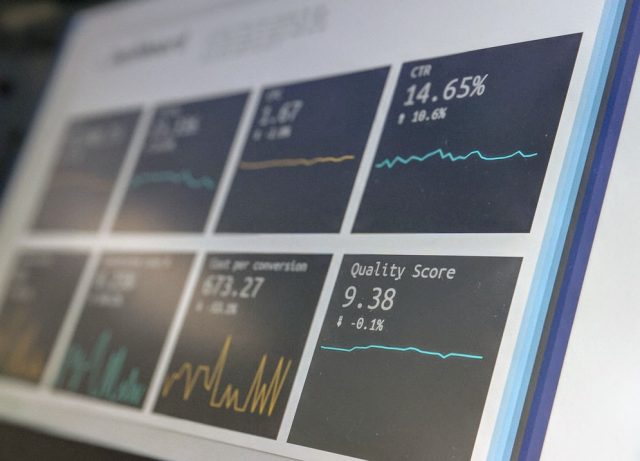
Picture: Unsplash
As in all marketing decisions, planning on influencer marketing should benefit data for success. When choosing an influencer, DMO’s should pay attention to statistics of the influencer’s trustworthiness, attractiveness and the informative value of the content generated 4. Together with the earlier mentioned fit between brands, these factors are studied to positively affect influencer marketing results 4. Moreover, the influencer marketing campaign should be measured throughout for evaluation and further development 8. DMO’s in Spain suggest influencer marketing to be included in destination strategy and long-term planning 8. Today, long term consistent branding can be a difficulty for destinations as the pandemic disrupts the situation and actions to reach new target markets have to be taken apace.
4. Alternative for traditional marketing
Most destinations find best to compete for niches with branding strategies focusing on certain customer segments 6. For these destinations, influencer marketing facilitates their small marketing budgets to reach those specific target audiences 6;8. Moreover, influencer marketing is relatively affordable, especially when using micro and niche influencers, hence accessible also for destinations with limited budgets 7. Spanish tourism marketing professionals have found micro-influencers to be very effective in marketing 8. In rural destinations of limited resources, where traditional marketing means are found ineffective, influencer marketing is a promising marketing alternative 7. As an example from Greece, influencer marketing was found useful in reaching millennials to visit Greek rural tourism destinations 7. To conclude, influencer marketing can be useful especially for those DMO’s of smaller destinations targeting younger generations with specific interests.
Concluding words
In summary, influencer marketing can be a valuable tool in today’s destination brand strategy. It can help the destination brand to reach those tourists who share their brand values and to whom they appeal as a desired choice. Especially in times of brand refinement, influencer marketing can effectively create awareness of desired destination image for relevant tourists via good influencer fit. It is seen particularly useful for smaller destinations struggling to convey their brand with traditional marketing means. However, it could also help bigger destinations tired of too large visitor numbers rebranding themselves to attract customers of ‘quality over quantity’. To put simply, influencer marketing can attract new and better tourists for a destination. At its best, influencer marketing introduces benefits for all stakeholders involved from destinations to tourists, thus being a powerful way of value co-creation.
Acknowledgements
This blog post was written as a part of the Information Technology in Tourism Business course at the International Master’s Degree Programme in Tourism Marketing and Management (University of Eastern Finland Business School). Read more about the programme at https://www.uef.fi/tmm
References
1Jin, S., Muqaddam, A., & Ryu, E. (2019). Instafamous and social media influencer marketing. Marketing Intelligence & Planning, 37(5), 567–579. doi: https://doi.org/10.1108/mip-09-2018-0375
2Martínez-López, F. J., Anaya-Sánchez, R., Giordano, M. F., & Lopez-Lopez, D. (2020). Behind influencer marketing: key marketing decisions and their effects on followers’ responses. Journal of Marketing Management, 36(7-8), 579-607. doi: 10.1080/0267257X.2020.1738525
3Blain, C., Levy, S., Ritchie, J., & J. R. Brent. (2016). Destination Branding: Insights and Practices from Destination Management Organizations. Journal of travel research, 43(4), 328-338.
4Chen, L., & Shupei, Y. (2019). Influencer Marketing: How Message Value and Credibility Affect Consumer Trust of Branded Content on Social Media. Journal of Interactive Advertising, 19(1), 58-73. doi: 10.1080/15252019.2018.1533501
5Campelo, A., Aitken, R., Thyne, M., & Gnoth, J. (2014). Sense of Place: The Importance for Destination Branding. Journal of Travel Research, 53(2), 154-166. doi:10.1177/0047287513496474
6Morgan, N. J., Pritchard, A., & Piggott, R. (2003). Destination branding and the role of the stakeholders: The case of New Zealand. Journal of Vacation Marketing, 9(3), 285–299. doi: https://doi.org/10.1177/135676670300900307
7Chatzigeorgiou, C. (2017). Modelling the impact of social media influencers on behavioural intentions of millennials: The case of tourism in rural areas in Greece. Journal of Tourism, Heritage & Services Marketing, 3(2), 25-29.
8Femenia-Serra F., Gretzel U. (2020) Influencer Marketing for Tourism Destinations: Lessons from a Mature Destination. In: Neidhardt J., Wörndl W. (eds) Information and Communication Technologies in Tourism 2020. Springer, Cham. doi: http://doi-org-443.webvpn.fjmu.edu.cn/10.1007/978-3-030-36737-4_6
9Xu, X., & Pratt, S. (2018). Social media influencers as endorsers to promote travel destinations: an application of self-congruence theory to the Chinese Generation Y. Journal of Travel & Tourism Marketing, 35(7), 958-972. doi: 10.1080/10548408.2018.1468851
10De Veirman, M., Cauberghe, V., & Hudders, L. (2016). Marketing through Instagram influencers: impact of number of followers and product divergence on brand attitude. International Journal of Advertising, 36(5), 798-828.
11Kowalczyk, C.M., & Pounders, K. (2016). Transforming celebrities through social media: the role of authenticity and emotional attachment. Journal of Product & Brand Management, 25(4), 345-356.
12Echtner, C. M., & Brent, R. (1991). The Meaning and Measurement of Destination Image. Journal of Tourism Studies, 2(2), 8.
13Breves, P., Liebers, N., Abt, M., & Kunze, A. (2019). The Perceived Fit between Instagram Influencers and the Endorsed Brand: How Influencer–Brand Fit Affects Source Credibility and Persuasive Effectiveness. Journal of Advertising Research, 59(4), 440–454. doi: https://doi.org/10.2501/JAR-2019-030
- How to benefit influencer marketing in destination branding - October 30, 2020